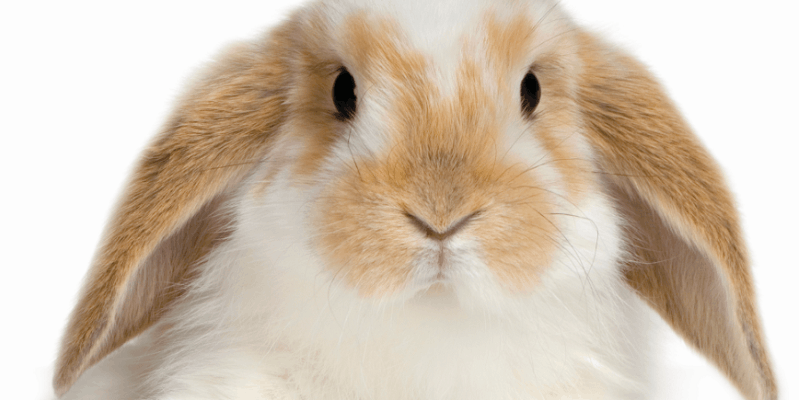Administering Medication
Just like an average human three-year-old, animals generally don’t like to take their medicine. Many medicines do not taste good or have no flavour at all so an animal will not be inclined to take it.
FOLLOW THE INSTRUCTIONS
Follow the manufacturer’s directions and any additional advice from your vet in giving medication to a pet. Sometimes, though, this simple procedure can take some creativity to make sure that the animal gets its full dose and actually swallows what it’s given.
POWDERED MEDICATIONS
Powdered medications are often the easiest to give as they go directly in the animal’s water or on its food. If there’s more than one animal in the house be sure to isolate the one needing medication during feeding. This will make sure that all the medication gets to the animal for which it’s intended.
Some pets, especially ones that always have food available to them, will not immediately finish food put in front of them. It may be necessary to offer a smaller portion of food, keep the animal isolated with its food for longer, or offer a type of food the animal really likes or a treat to get them to eat everything.
Wet foods work especially well for powdered medications because there is less chance of the powder simply sifting to the bottom of the dish and sitting uneaten.
TABLETS
An animal can be forced to swallow a pill by tilting the animal’s head back, placing the pill in the back of its mouth, holding its mouth closed and gently massaging its throat until the medicine slides down its throat. However, this method is generally not very pleasant for the animal and can pose a choking hazard.
Often a pill can be inserted into a soft treat and given to the animal. Make sure it’s a small enough treat that it can be eaten in one bite. Watch the animal closely for a couple of minutes to make sure it doesn’t manage to extract the pill and spit it back out. If it is not a gel capsule, ask your vet if the pill is a timed-release medicine. If it’s not, you can grind the pill and sprinkle it on some of the animal’s favourite wet food.
INJECTIONS
It’s likely that medications that need to be injected will bother you more than your pet. To administer these medicines, make sure that the animal is calm and held firmly to ensure it cannot get away during an injection as this could cause injury or a misplaced injection.
Give the medication quickly, then comfort or praise the animal and release it. Many pet owners give their animals treats directly after they get their medicine so they see it as a positive experience.


